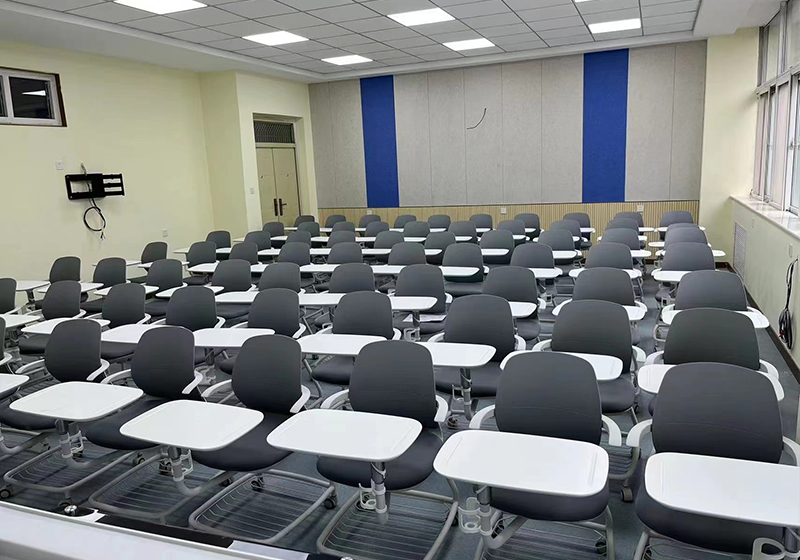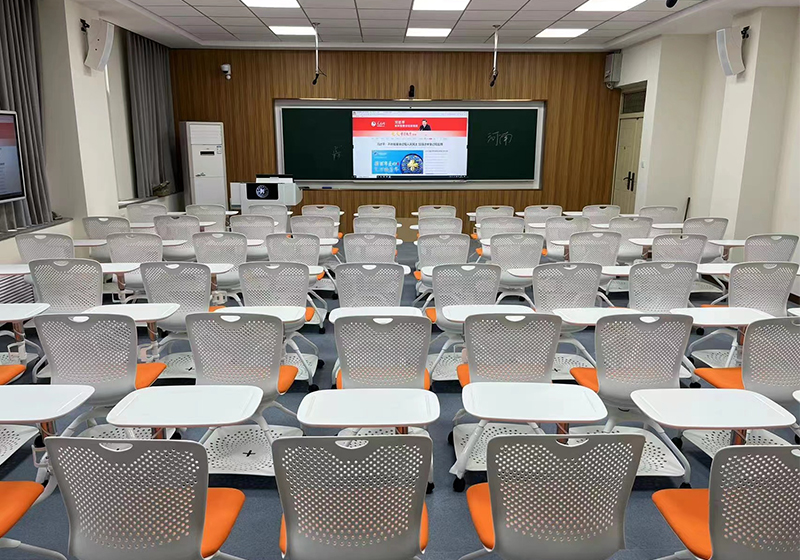
Five Ideas to Maximize Classroom Space with an Engaging Design
2024-08-08 16:19
Maximizing classroom space while creating an engaging environment is essential for fostering student learning and productivity. By thoughtfully designing the classroom, educators can ensure that every inch is utilized effectively. Below are five innovative ideas to help maximize your classroom space with an engaging design.

1. Flexible Seating Arrangements
One of the best ways to make the most out of classroom space is to incorporate flexible seating arrangements. Instead of traditional rows of desks, consider using a variety of seating options like bean bags, stools, and standing desks. This approach not only maximizes space but also caters to different learning styles and encourages student engagement. Arrange the seats in clusters or circles to facilitate group work and discussions, making the classroom more dynamic and interactive.
2. Utilize Vertical Space
Vertical space is often overlooked in classroom design. Using wall-mounted shelves, whiteboards, and bulletin boards can free up valuable floor space. Shelves can store books, supplies, and student projects, while vertical whiteboards and bulletin boards can display important information, student work, and educational posters. This strategy keeps the room organized and visually appealing without cluttering the floor area.

3. Multi-functional Furniture
Investing in multi-functional furniture can significantly optimize classroom space. Desks with built-in storage, foldable tables, and stackable chairs are excellent options. These pieces of furniture can be easily rearranged to accommodate different activities, such as group projects, individual work, or classroom discussions. Multi-functional furniture helps in maintaining a tidy environment and allows for quick reconfiguration based on the day's activities.
4. Create Learning Zones
Dividing the classroom into distinct learning zones can make the space more efficient and engaging. Designate areas for specific activities such as reading, group work, and hands-on projects. Use rugs, bookshelves, or screens to delineate these zones. Each area should be equipped with the necessary materials and resources, making it easy for students to transition between tasks and activities. This zoning approach not only maximizes space but also supports a variety of learning experiences.
5. Interactive Wall Displays
Interactive wall displays can transform unused wall space into educational tools. Consider installing interactive whiteboards, chalkboards, or touch-screen panels. These tools can be used for lessons, interactive activities, and student presentations. Wall displays encourage active participation and make learning more engaging. Additionally, they save space by eliminating the need for additional tables or desks for certain activities.

Q&A: Maximizing Classroom Space with Engaging Design
Q: How can flexible seating improve student engagement?
A: Flexible seating allows students to choose where and how they sit, catering to their comfort and learning preferences. This freedom can lead to increased focus, collaboration, and participation, enhancing overall engagement.
Q: What are some cost-effective ways to utilize vertical space?
A: Cost-effective ways to utilize vertical space include installing wall-mounted shelves, using pegboards for supplies, and hanging educational posters. These solutions are affordable and can significantly declutter the classroom floor.
Q: How can multi-functional furniture benefit a small classroom?
A: Multi-functional furniture is ideal for small classrooms as it serves multiple purposes, reducing the need for additional pieces. For example, desks with storage or foldable tables can save space and provide flexibility for different classroom activities.
Q: What are the benefits of creating learning zones?
A: Learning zones allow for a more organized and focused environment. Each zone is dedicated to a specific activity, helping students transition smoothly between tasks and providing a structured setting that supports various learning styles.
Q: How do interactive wall displays enhance learning?
A: Interactive wall displays engage students through hands-on activities and visual learning. They make lessons more dynamic, support diverse teaching methods, and utilize otherwise unused wall space effectively.
By implementing these ideas, educators can maximize classroom space and create an engaging, functional learning environment. Thoughtful design not only enhances the physical space but also promotes a positive and productive educational experience for students.
Do you want to receive more information about JE Furniture Education chairs? Then we are happy to answer your questions. Fill in the contact form or send an email to https://www.sitzonechair.com.








